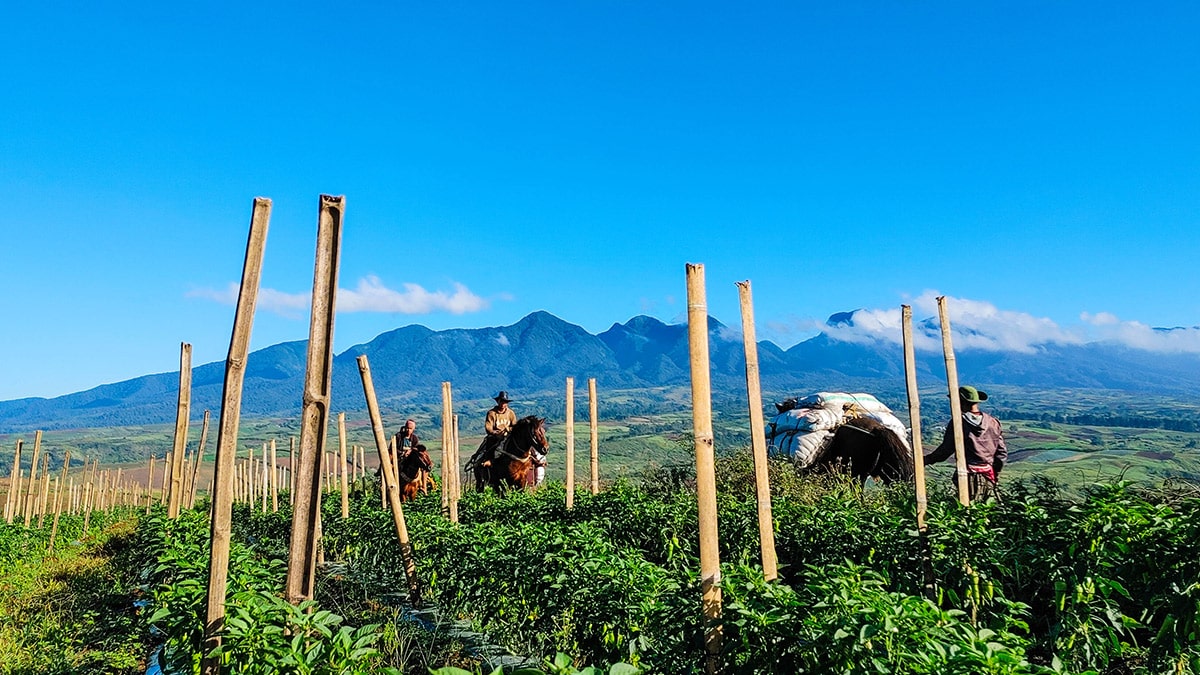
RIYADH: Saudi Arabia’s economy is set to grow by 1.7 percent this year, before accelerating to 4.7 percent in 2025 and 2026, driven by government-backed projects aimed at diversifying the Kingdom’s economy, according to Moody’s.
The credit rating agency’s forecast exceeds previous estimates, including the Saudi government’s own 2024 gross domestic projection of just 0.8 percent. Moody’s outlook surpasses the Kingdom’s pre-budget statement, which had estimated a 4.
6 percent growth in 2025. The 2025 forecast aligns with Saudi Arabia’s planned expenditure for the year, set at $343 billion, underscoring the government’s commitment to economic expansion through Vision 2030. These efforts focus on diversifying the economy beyond oil, with major investments in sectors like technology, tourism, renewable energy, and infrastructure.
“In the Middle East, hydrocarbon-exporting countries are seeking to diversify their economies away from oil. Government-backed projects tied to this aim will drive strong growth in Saudi Arabia next year,” said Moody’s in its latest report. The Kingdom’s strategy centers on large-scale “giga-projects” funded by its Public Investment Fund, including the development of the futuristic city NEOM.
These initiatives are expected to play a crucial role in sustaining economic growth over the coming years. Moody’s positive projections align with last month’s forecasts from the International Monetary Fund, which predicted 1.5 percent growth for Saudi Arabia’s economy in 2024 and 4.
6 percent in 2025, while the World Bank forecasted 1.6 percent growth this year and 4.9 percent in 2025.
Moody’s analysis noted that Saudi Arabia’s inflation rate is expected to remain stable at 1.6 percent in 2024 and 1.9 percent in 2025, before rising slightly to 2 percent in 2026.
Earlier this month, Saudi Arabia’s General Authority for Statistics reported that inflation reached 1.9 percent in October compared to the same month in 2023. The Kingdom’s inflation rate remains among the lowest in the Middle East, reflecting effective measures to stabilize the economy and counter global price pressures.
In September, S&P Global forecasted Saudi Arabia’s economy to grow by 1.4 percent in 2024 and 5.3 percent in 2025, driven by the Kingdom’s diversification strategy.
The report projects that the UAE, Saudi Arabia’s Arab neighbor, will see its economy grow by 3.8 percent in 2024 and 4.8 percent in 2025.
Moody’s forecasts that inflation in the UAE will remain higher than in Saudi Arabia, at 2.3 percent in 2024 and 2 percent in 2025. The analysis also predicts Egypt’s economy will expand by 2.
4 percent this year, accelerating to 4 percent in 2025. However, Egypt is expected to face a high inflation rate of 27.5 percent in 2024, dropping to 16 percent in 2025.
The broader outlook for emerging markets is positive, with Moody’s noting that economic growth is stable and inflationary pressures are easing. The credit agency expects conditions to improve in 2025, driven by steady growth, declining inflation, and monetary easing in both developed and emerging economies. However, credit risks remain a concern, with tighter credit spreads and rising bond issuance reflecting investor appetite for emerging market assets.
“In 2025, credit conditions within emerging markets are expected to further stabilize, driven by steady economic growth, slowing inflation, and monetary easing in developed and emerging markets,” said Vittoria Zoli, analyst at Moody’s Ratings. She added that these conditions are expected to facilitate refinancing and cash flow growth, while reducing asset risk. “However, credit risks persist,” said the analyst.
Emerging markets such as India are projected to continue growing strongly, with the Indian economy forecast to expand by 7.2 percent in 2024 before moderating to 6.6 percent in 2025.
In contrast, China’s growth is expected to slow to 4.2 percent in 2025, following a 4.7 percent growth in 2024.
At the regional level, economic growth is expected to remain highest in the Asia-Pacific region. The report states that India and Southeast Asian countries will continue to benefit from the global reconfiguration of supply chains, as nations and companies diversify trade and investment away from China. Moody’s noted that the situation in Latin America is mixed, though growth will remain strong compared to the past decade.
Economic growth in countries like Mexico, Argentina, and Brazil is projected to slow in 2025, while smaller economies like Chile, Colombia, and Peru will see steady expansion. “We expect aggregate gross domestic product growth for 23 of the largest emerging market economies will slow to 3.8 percent in 2025 from 4.
1 percent in 2024, with continued wide variation by region and country,” said the credit rating agency. Moody’s attributed this slight slowdown to dampened growth in China, although it noted that domestic demand will drive growth in smaller emerging markets. In October, the IMF projected that emerging market economies would see a GDP growth rate of 4.
2 percent in both 2024 and 2025. Moody’s report emphasized that governments in emerging markets are benefiting from stabilizing GDP growth and easing financial conditions, though debt levels remain high. “Emerging markets governments’ average ratio of debt to GDP will decrease slightly next year as lower interest rates and stronger revenues help to narrow budget deficits.
But mandatory spending – including on debt obligations – limits fiscal improvements,” said Moody’s. It added: “One key risk to the EM outlook is the potential for US policy changes. In particular, an expansion of tariffs or renegotiation of existing trade agreements would likely disrupt global trade, hinder global economic growth, increase commodity-price volatility and subsequently weaken emerging markets currencies.
” According to the report, banks in the Gulf Cooperation Council region have strong growth prospects, driven by government efforts to expand the non-energy sector. Earlier this month, Moody’s stated in another report that Saudi Arabia’s Vision 2030 program, aimed at diversifying the Kingdom’s economy, will accelerate the growth of the banking sector in the coming years. The analysis also highlighted that the development of major projects in the Kingdom, along with the infrastructure required to host events such as the 2027 Asia Cup, 2029 Asian Winter Games, Expo 2030, and the 2034 FIFA World Cup, are expected to create significant business and lending opportunities for banks.
Moody’s noted that the operating environment for banks in emerging economies will remain largely stable, supported by steady GDP growth and policy-rate cuts, which will boost credit growth and asset quality. However, the credit rating agency warned that profitability may decline for banks in several countries due to imbalances in interest rate adjustments between loans and deposits. The report also cautioned that geopolitical tensions and potential shifts in US policy could affect the credit risks of banks in emerging economies.
“Profitability will deteriorate for many banks because they typically reduce interest rates on loans faster than on deposits as they seek to attract and retain customers. This squeezes net interest margins,” said Moody’s. It added: “Geopolitical conflicts and resulting restrictions on cross-border and investment flows are a significant credit risk for EM banks.
And the potential for postelection changes to key US policies, including financial and technology regulation, could alter the operating environment.”.














